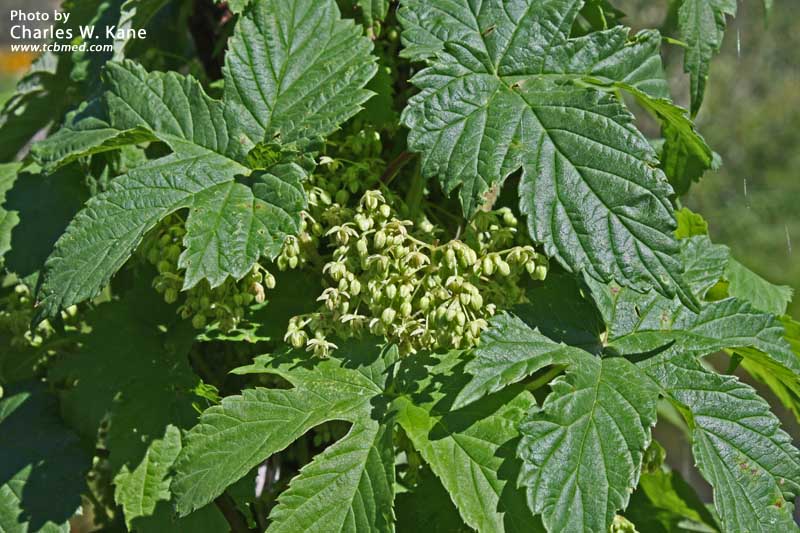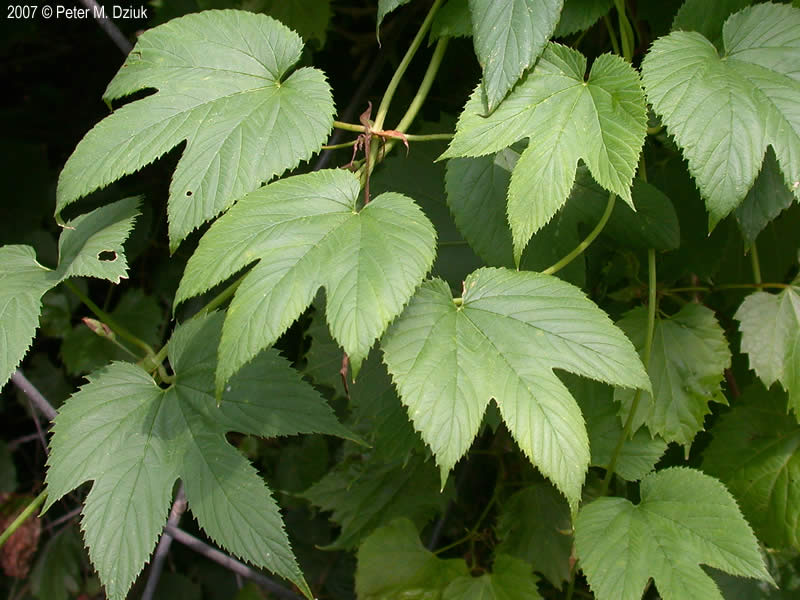Hi everyone, I live in the mountains of Montana at 5300ft. There was an old homestead cabin near me that probably (?)dates back to the late 1800's- early 1900's
The old farm cabin is just about gone, but the hops plant is still growing strong and totally buries what little there is left of the little cabin in the fall.
I brought home a couple rhizomes in 2015 and they grow so well and smell fantastic after a couple years to establish.
Is there any way to test the hops to see what strain it might be?? Or does anyone know what hops may have been available or was common in SW Montana at the turn of the last century?
Thank you all.
The old farm cabin is just about gone, but the hops plant is still growing strong and totally buries what little there is left of the little cabin in the fall.
I brought home a couple rhizomes in 2015 and they grow so well and smell fantastic after a couple years to establish.
Is there any way to test the hops to see what strain it might be?? Or does anyone know what hops may have been available or was common in SW Montana at the turn of the last century?
Thank you all.




















